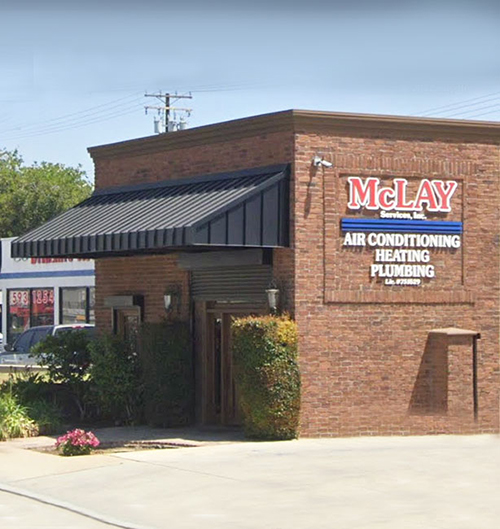Earthquake preparation is necessary to ensure your survival and safety in the event that a natural catastrophe happens in your very own neighborhood. It is also important to ensure that your water heater and vent pipes will be able to last after an earthquake, especially to avoid carbon monoxide leakage. Relying on a trusted professional, such as McLay Services, who is an expert in earthquake prevention will help ensure the safety and protection of your home and family.
Before an earthquake, be sure that you have prepared your home and family by doing practice drills and making an action plan in case an earthquake might occur. Proper planning includes creating a priority list, knowing where the emergency first aid kit is stored, stocking up on food that can last for weeks, and keeping a ready bag of supplies and equipment to take along with you. It may sound like you are preparing for an apocalypse, but you may never know how strong an earthquake may be. It is important to make sure your family is up to date about what to do during an earthquake.
Earthquake Preparation
The “drop, cover, hold” method is a common drill that is taught to both adults and children. Dropping down and getting on your knees will allow you to stabilize your movements. Covering means to take cover under furniture such as tables and chairs. Holding on to these items will help keep your cover sturdy above you. This technique will prevent falling objects from injuring you during a strong earthquake. After an earthquake, make sure that you also have a list of post-earthquake items to check.
Inspect Your Plumbing and HVAC
Earthquakes can cause damage to the plumbing or HVAC system in your home. This damage may go undetected and become hazardous to your family if another earthquake occurs. The best thing to do is to make sure that your home is earthquake proof by checking for cracks or any busted pipes that may cause leaks or water damage. In order to determine if your pipes are leak-free and able to withstand another earthquake, it is always best to have your pipes checked right after an earthquake. The best thing to do after an earthquake is to turn off the gas and do an inspection of your home. After making sure that your pipes and vents are checked, close all gas pipes for added protection.
Aftershock Prevention
In case an aftershock occurs, you should be prepared for it. Check for any leaks in gas pipes or vents. If you do smell gas or hissing sounds, open all windows and doors to allow any buildup of gas to dissipate. Turn off the gas valve which is connected to the main valve. Next, call your local gas company to have someone come out and check if there is anything wrong with your pipes and vents. The gas valve should only be turned back on by a trained technician and this is why you should ask for their expertise when checking to find out if your pipes are broken.
Hazardous vent pipe separations often occur after strong earthquakes. Vent pipes should always be checked after earthquakes to determine if there are any leaks or cracks in the ventilation of the pipe system. Vent pipes are used to release gas from the system. When a vent pipe is broken, it may become hazardous and lead to gas leaks.
Risk of CO Poisoning
A common problem that is often overlooked after earthquakes is CO poisoning. CO poisoning is often detected late when people begin to experience nausea and headaches due to high levels of carbon monoxide in the air. Since CO is an odorless, colorless, and tasteless gas, most people do not notice that there is a CO leak in their homes until symptoms of carbon monoxide poisoning occurs.
Carbon monoxide is a combustible gas and it is highly dangerous when inhaled in large amounts. As a result, checking vent pipes for leaks is important after an earthquake. If a homeowner is not able to find out if there is a large amount of carbon monoxide in the air on their own, it is easy to have it checked by the professionals at McLay, by visiting https://mclayservices.com/.
Here are some of the symptoms related to carbon monoxide poisoning:
- chest pains
- nausea
- headaches
- vomiting
- dizziness
- weakness
- confusion
After an earthquake, getting your home inspected for busted vent pipes and the release of huge amounts of CO in your home is a must. This is also included as a preventive measure on post earthquake checklists. Making sure that your home is earthquake proof, earthquake ready, and post earthquake safe is essential to prevent further problems. Although most people fail to do post earthquake checks in their homes after an earthquake, this is something that earthquake safety drills should include for everyone’s safety.
Preparation is Key
Earthquakes are events that people cannot control, but they can prepare for them. Being prepared is one step closer to being ready for most natural disasters. Natural disasters can happen at any time and learning about the area in which you live in is one way to prepare for an earthquake. Living in an area with an active fault line is a sure reminder that you will probably experience an earthquake. People should be aware of their surroundings, know where the nearest evacuation center is located, and know what emergency numbers to call when needed. It is always best to be prepared rather than be caught off guard during an earthquake.


